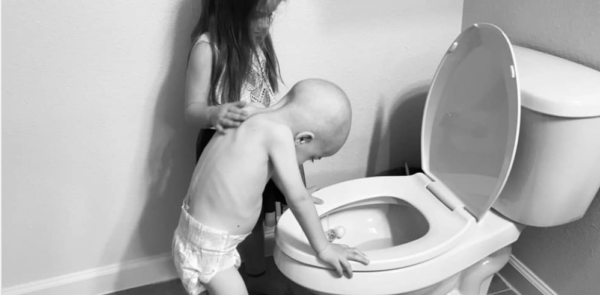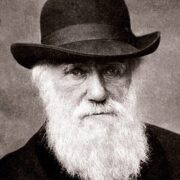
Autism has been rising in the United States. The Daily Mail noted, “A study by researchers from Rutgers University found that between 2000 and 2016, the rate of Autism Spectrum Disorder (ASD) among under-8s increased from around 10 per 1,000 to around 30 per 1,000 within the metropolitan area of New Jersey and New York.
A similar rise has been seen nationally – with rates increasing from one in 150 in 2000 to one in 54 in 2016.
There is currently still no standard medical test for autism, but there have been big steps forward in diagnostic capabilities, as well as a greater understanding of the disorder, which seem to be at least partly driving the increase.”
But now, researchers think they may have found a “cure” that comes from a $3 dose of medicine typically used to treat epilepsy. A recent study showed that the drug “switches off” signs of autism in mice.
The New York Post writes, “A team of experts at Germany’s Hector Institute for Translational Brain Research found that the medication lamotrigine — an anti-seizure drug first approved for use in the US in 1994 — was able to curb behavioral and social problems linked to the disorder.
Now, their findings are being hyped as the closest thing yet to a potential cure for humans.
“Apparently, drug treatment in adulthood can alleviate brain cell dysfunction and thus counteract the behavioral abnormalities typical of autism,” lead researcher and cellular biologist Moritz Mall said in a statement. “[This occurs] even after the absence of MYT1L has already impaired brain development during the developmental phase of the organism.”
Lamotrigine, which is sold under the brand name Lamictal, among others, is a medication used to treat epilepsy and stabilize mood in those who suffer from bipolar disorder. The drug, which typically sells for just under $3 per pill, works by reversing changes to brain cells caused by a genetic mutation.
Lead author of the study, Dr Moritz Mall from the Hector Institute for Translational Brain Research, said: ‘Apparently, drug treatment in adulthood can alleviate brain cell dysfunction and thus counteract the behavioral abnormalities typical of autism, according to The Daily Mail’s reporting on the breakthrough.
He added: ‘However, the results are still limited to studies in mice; clinical studies in patients with disorders from the ASD spectrum have not yet been conducted. The first clinical studies are in the early planning phase.’
Scientists are still not completely sure what the cause of autism is, though they understand it is likely a combination of genetic and nongenetic factors.
The severity of the disorder also varies greatly across the spectrum meaning there is likely no silver bullet treatment option.”










Bravo make acessable worldwide